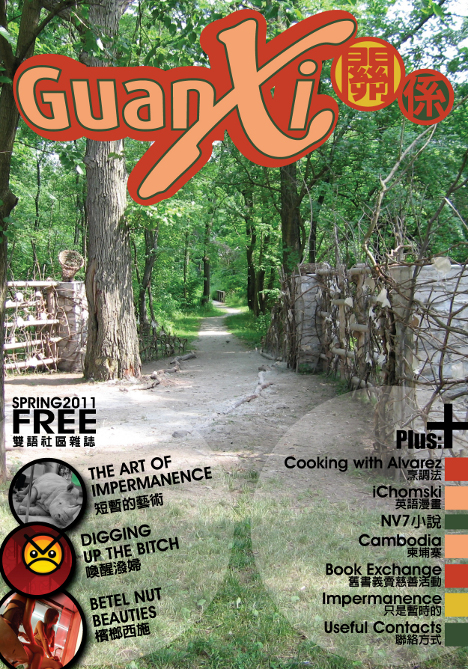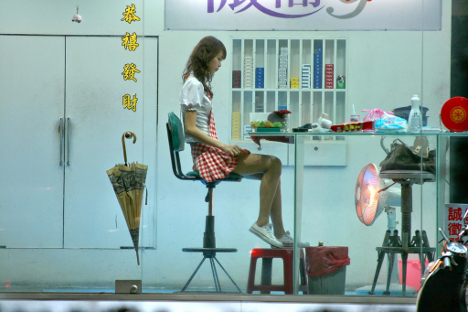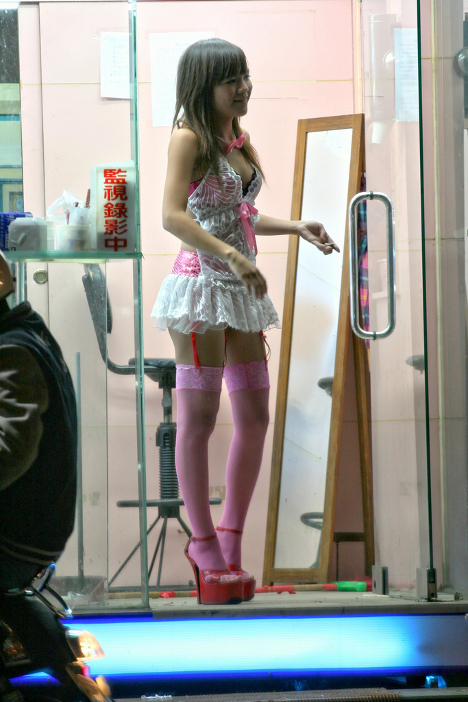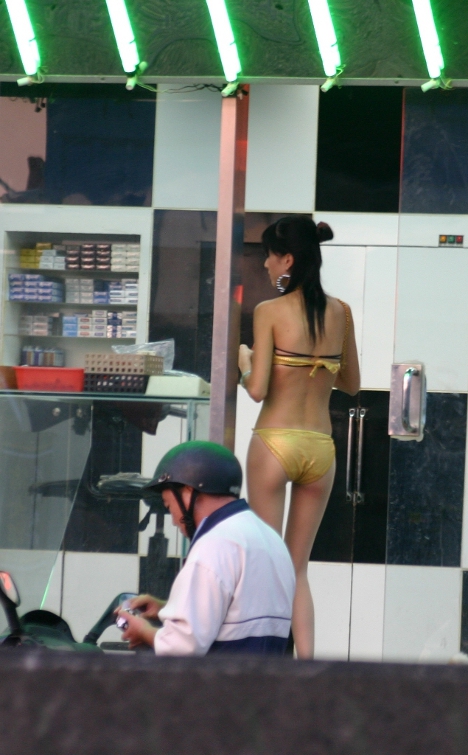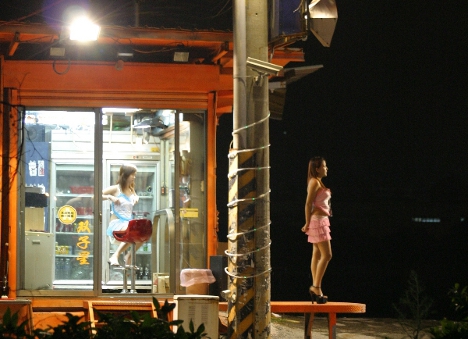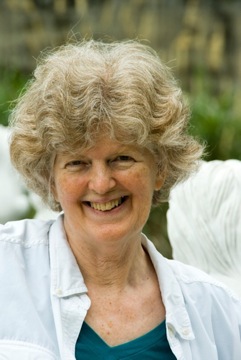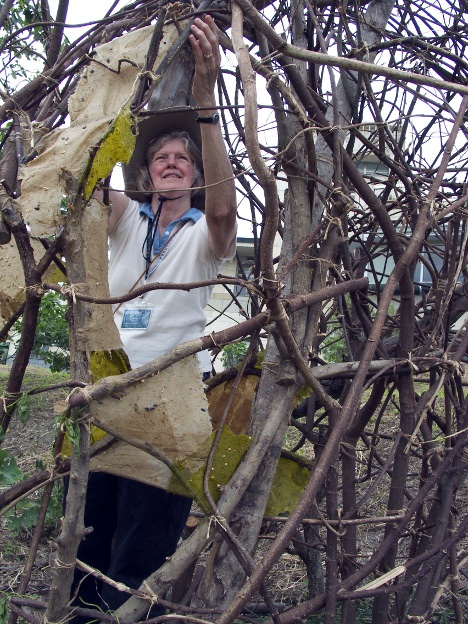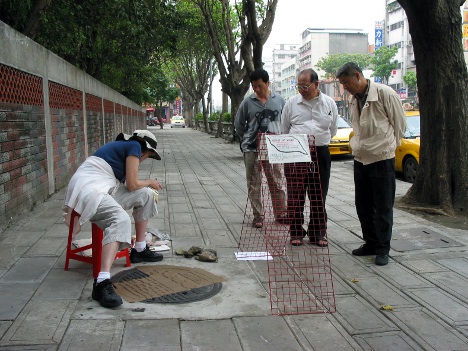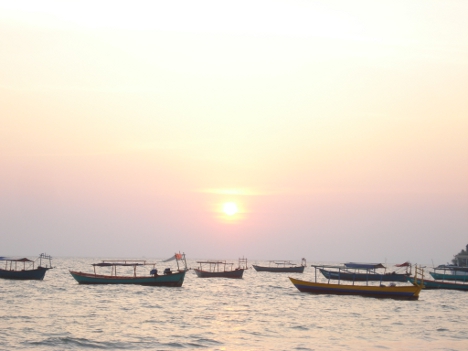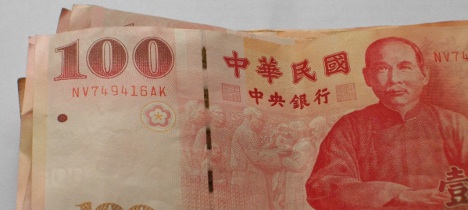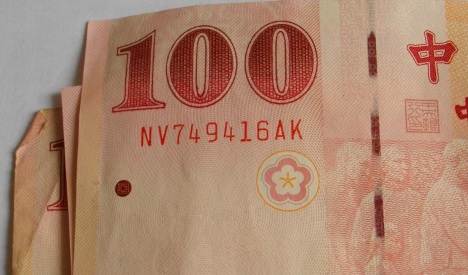
Spring is in the air.
It’s also in the ocean and this spring, as the weather warms up, there is a local treat swimming deep in the waters off the North East coast between Keelung and Ilan: Cuttlefish. Despite the name, they are not fish. They belong to the same family as squid and octopusses.
I have a particular attachment to these mollusks as they take me back to a stint in Italy, in the region of Veneto. Italian cuttlefish is generally larger than the nice baby ones that are available through summer. This March, as part of a set menu on the Top of ONE, we will feature a very nice dish of Italian and Spanish influence. It combines the flavors of olives, garlic, chorizo, tomato, extra virgin olive oil and fresh herbs to compliment the tender cuttlefish.
Ingredients are everything. Ask any Italian or Spaniard and they will all tell you your dishes are only as good as what you put into them. If you can find good quality green olives, spend a little extra and get them. At the hotel I use an Italian type of olive called a Cerignola. These olives are medium sized, semi firm and a nice shade of green. Olive oil is no different, when making a dish that calls for extra virgin olive oil, get a good bottle. You simply can’t compare the amazing taste of good extra virgin olive oil to regular oil.
Do you know what country makes most of the olive oil for world consumption? Give up? It’s Spain. Most people would assume Greece or Italy, and they do produce a lot, but Spain makes 1/3 of the world’s olive oil. Extra virgin is the term given to oil that comes from virgin oil production only and contains no more than 1% acidity.
Spanish chorizo is also not the easiest item to find – if you can then you are lucky, if not, then you can get some pancetta or just use a nice bacon or ham and add some dried red chili flakes to give it the heat.
There are three components to this dish: the cuttlefish, an olive and garlic mixture, and a tomato and chorizo ragout. I like to garnish this with watercress or any kind of nice pea shoot, but feel free to use what you have around.
I hope you enjoy this dish and check out next issue when we will be making some molecular cocktails for summer using spheres of mango juice and foams of passion fruit. See you in the summer issue of GuanXi Magazine.
酥炸墨魚佐西班牙辣腸蕃茄橄欖醬汁 Fried Cuttlefish
INGREDIENT QUANTITY
材料 數量
墨魚 cuttlefish, beak removed, cleaned 90g
小蘇打 baking soda 2g
水 water 125ml
蕃茄切片 tomato, diced 45g
西班牙辣香腸切片chorizo, sliced 20g
蒜片 garlic, sliced 5g
酸豆 capers 4g
荷蘭芹切碎 parsley, chopped 1g
蕃茄醬汁 tomato sauce 45g
橄攔油 olive oil 25g
豆苗 pea shoot 10g
香蒜橄欖醬汁 olive and garlic mix 35ml
PREPARATION AND SERVICE PROCEDURE:
Soak the cuttlefish in the baking soda and water for 30 minutes. Heat up vegetable oil in a pot or a wok and fry the cuttlefish. Remove cuttlefish, drain and season with salt and pepper. Heat the olive oil in a saute pan and begin to fry the sliced garlic and the chorizo. After 2 minutes add the tomato and capers. Cook for another minute and add the tomato sauce, bring to a simmer and remove the heat. Add in the chopped parsley, place the tomato ragout on the plate, top with the fried cuttlefish, then drizzle around the olive and garlic mixture, place some pea shoots around to garnish.
將墨魚肚內墨汁清除後放入蘇打水浸泡30分鐘。熱油鍋並將墨魚放入油炸後以胡椒、鹽調味。將蒜片及西班牙辣香腸以橄攔油香煎2分鐘,加入蕃茄及酸豆拌炒1分鐘後放入蕃茄醬汁以小火燉煮。關火後加入荷蘭芹,並依序放上番茄、墨魚及豆苗裝盤,綴以香蒜橄欖醬汁即可。
香蒜橄欖醬汁 Olive & Garlic Mix
INGREDIENT QUANTITY
材料 數量
帶子綠橄欖切碎 green olives, cerignola, chopped 50g
蒜頭切碎 garlic, chopped 50g
荷蘭芹切碎 parsley, chopped 5g
特級橄欖油 olive oil, extra virgin 75ml
PREPARATION AND SERVICE PROCEDURE:
Place the olive oil and garlic into a sauce pan and being to heat, once the garlic starts to fry, remove from heat and add the olives and the chopped parsley, cool and store in the fridge for 24 hours to develop the flavor.
將蒜頭切碎以橄欖油拌炒至金黃色後加入綠橄欖及荷蘭芹,放入冰箱冷藏24小時備用
Filed under: Food | Tagged: Chef Nic Alvarez | Leave a comment »



